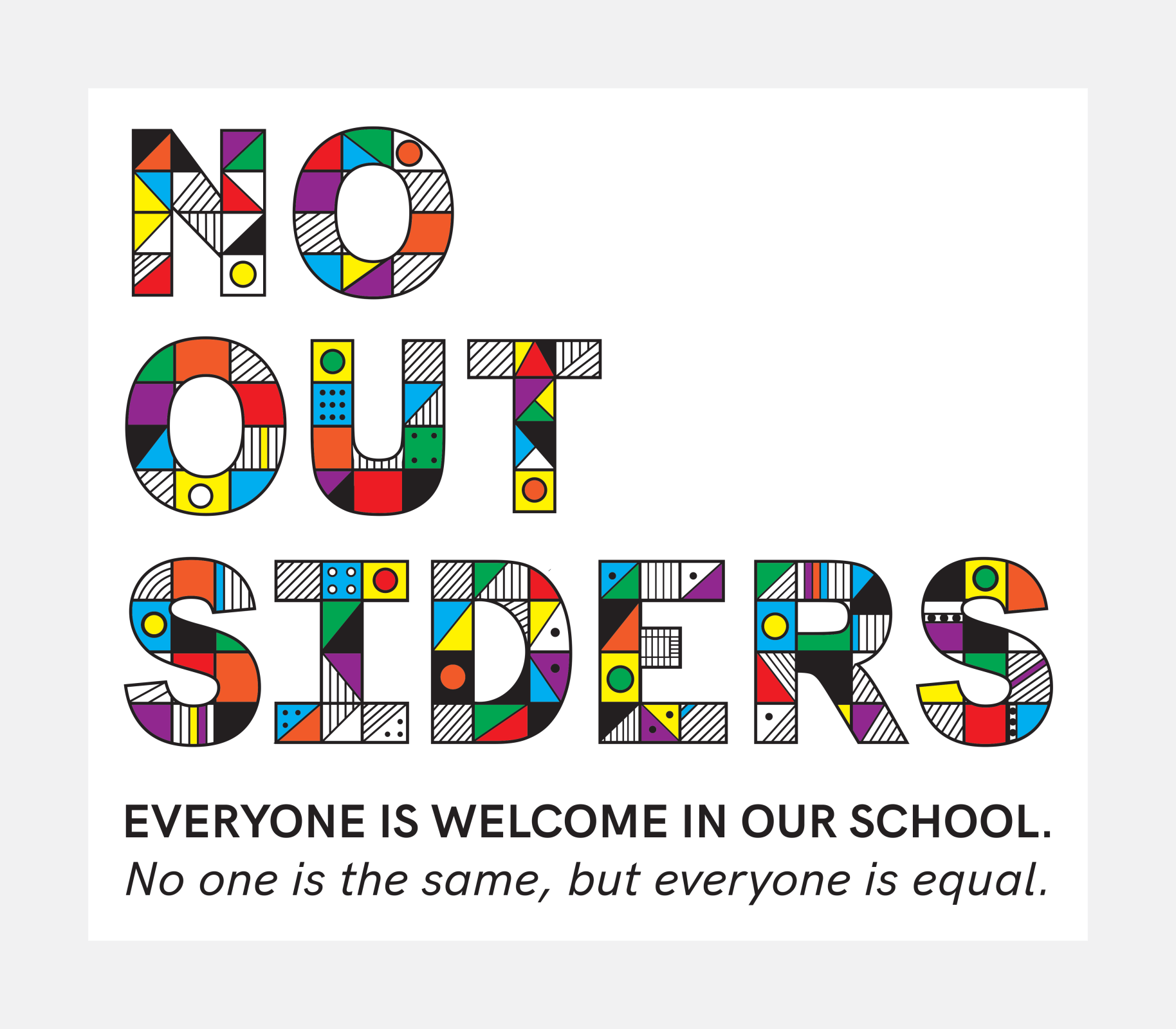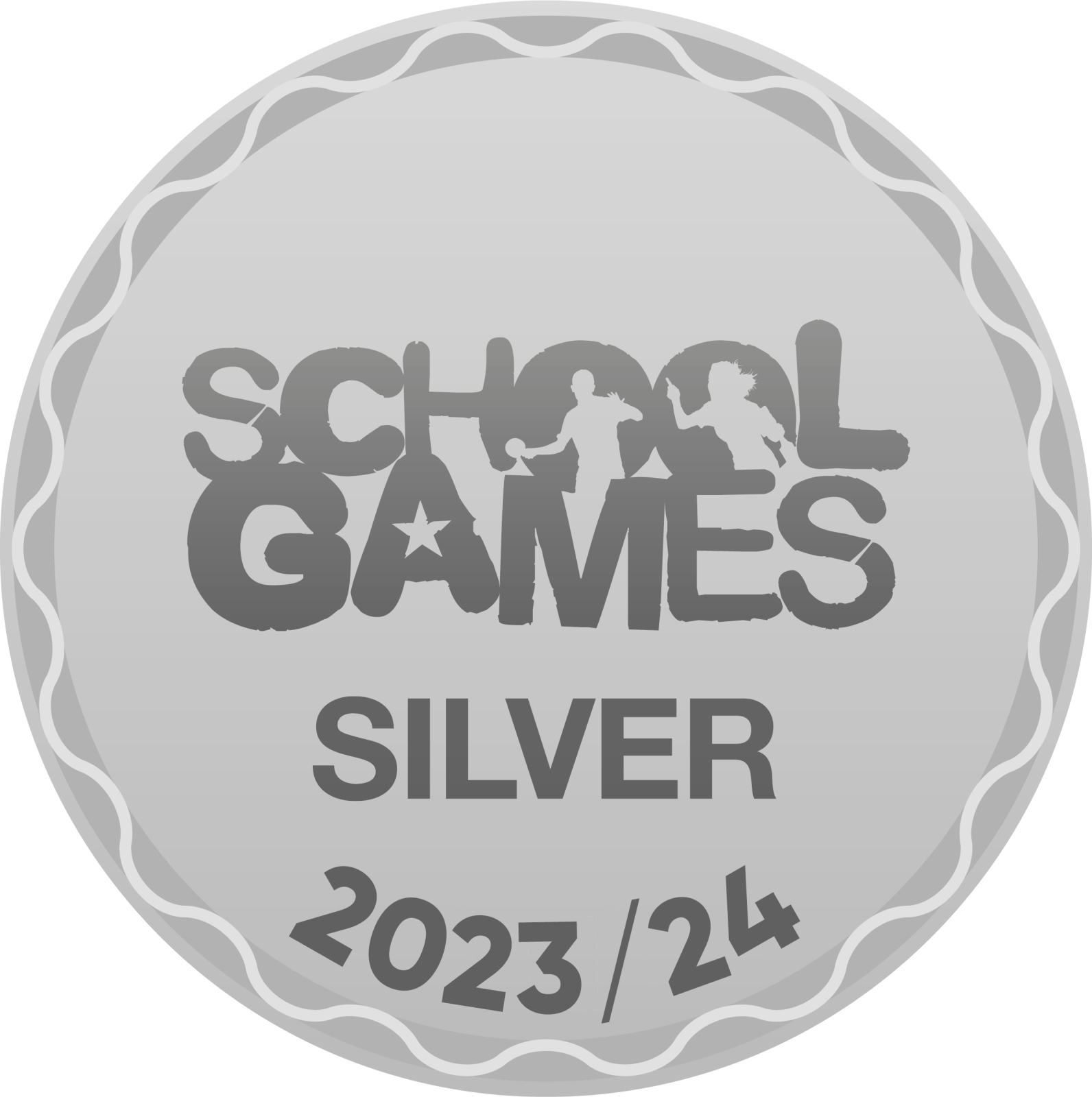Outdoor Play and Learning (OPAL)
We are very proud to say that on March 27th 2025, we achieved the Platinum Standard for OPAL play, the highest accolade available, putting us in the top 1% of all schools nationally with the quality of our play provision.
Here at Buckingham Park Primary School, we are committed to ensuring quality play opportunities are available to all our children.
Children spend 20% of their time in school playing and we believe that play is essential for the physical, emotional, social, spiritual and intellectual development of each child.
There are many benefits to the OPAL programme including:
- Improving playtimes for all children means happier children and children who come into the classroom ready to learn
- Improving our play spaces across the school, making the most of our wonderful grounds and ensuring a fully inclusive play offer
- Developing our school values by encouraging children to be creative, resilient, independent and collaborative whilst respecting those around them
- Improving behaviour at playtimes
- It's fun!
An OPAL approach promotes a more inclusive play environment in which all children can feel comfortable to express themselves. Our OPAL journey began in the autumn of 2023 and since then, we have quickly transformed our outdoor provision.
Children at Buckingham Park Primary School love the new outdoor opportunities that OPAL offers with so much more for them to do, no matter the weather. From playing with tyres, building dens and digging in the sand pit, to enjoying imaginative play by the pond or cooking up a feast in the mud kitchen, OPAL offers an exciting alternative to the standard playground activities.
Through this approach to play children are not only more active at lunch or break times, but they are also having the opportunity to further develop life skills such as cooperation, team-work and problem solving. They are becoming motivated and enthusiastic builders, engineers, explorers and designers.
The Value of Play
Play is defined as any freely chosen activity which a child finds satisfying and creative. It may or may not involve equipment or other people. We believe the learning opportunities of play include: -
- Emotions e.g. learning about oneself and others, sadness/gladness, rejection/acceptance, frustration/achievement, boredom/fascination, fear/confidence
- Social interactions - enhancing self-esteem and understanding of others through freely chosen interactions e.g. within peer groups, with individuals, with groups of different ages, abilities, interests, gender, ethnicity and culture
- Making choices, problem solving, being creative,
- Playing with scrap materials, tyres and other multipurpose objects
- Achieving and also coping with failure
- Communication and negotiation skills
The Adults Role in Play
The school will help children maximise the benefits they can gain from play by provision of trained staff who are informed by and work to the Play work Principles.
- Play is essential for physical, emotional, social, spiritual and intellectual development
- Play enables children to explore the physical and social environment, different concepts and ideas
- Encourages self-confidence and the ability to make choices
- Play is critical to children’s physical and emotional health, and enables them to explore and develop the balance between their right to act freely and their responsibilities to others
- Free play can have a direct positive impact on a child’s ability to reach their potential
Aims
The school aims to address the provision of improved play opportunities:
- To ensure play settings provide a varied, challenging and stimulating environment.
- To allow children to take risks and use a common-sense approach to these risks and their benefits.
- To provide opportunities for children to develop their relationships with each other.
- To enable children to develop respect for their surroundings and each other.
- To aid children’s physical, emotional, social, spiritual and intellectual development.
- To provide a range of environments which will encourage children to explore and play imaginatively.
- To provide a range of environments which will support children’s learning across the curriculum and learning about the world around them.
- To promote independence and team work within children.
- To build emotional and physical resilience.
Benefit and Risk
‘Play is great for children’s well-being and development. When planning and providing play opportunities, the goal is not to eliminate risk, but to weigh up the risks and benefits. No child will learn about risk if they are wrapped in cotton wool’ Managing Risk in Play Provision: Implementation guide is published for Play England2012.
The school will use the Health and Safety Executive guidance document ‘Children’s Play and Leisure – Promoting a Balanced Approach’ (September 2012) as the principle value statement informing its approach to managing risk in play.
It will adopt a benefits/risk approach as detailed in ‘Managing Risk in Play Provision’ Implementation Guide. Managing Risk in Play Provision Risk-taking is an essential feature of play provision, and of all environments in which children and young people legitimately spend time at play. Play provision aims to offer children and young people the chance to encounter acceptable risks as part of a stimulating, challenging and controlled learning environment.
In the words of the play sector publication Best Play, play provision should aim to ‘manage the balance between the need to offer risk and the need to keep children and Young people safe from harm’.
In additions to standard risk/benefit assessments the school will practice dynamic risk management with children encouraging them to identify and manage risks in an environment where adults are present to support them.
The children take part in regular Opal Play assemblies in which the children identify potential risks with new equipment and resources being introduced to the outdoor learning environment.
Here is a link to a school that have fully embedded the OPAL approach to their playtimes - we think it looks great!
//www.youtube.com/embed/7UCex3K_0j4#t=0.5










